FPS: All or nothing?
We're really naughty now and we're doing something AMD didn't really want by first displaying the average FPS in direct comparison for all three scenes. But we're already learning here that the most demanding scene almost cancels the function of AMD's Chill, while the frame rate for the quietest scene with Chill seems much lower, but seems more balanced (min/max).
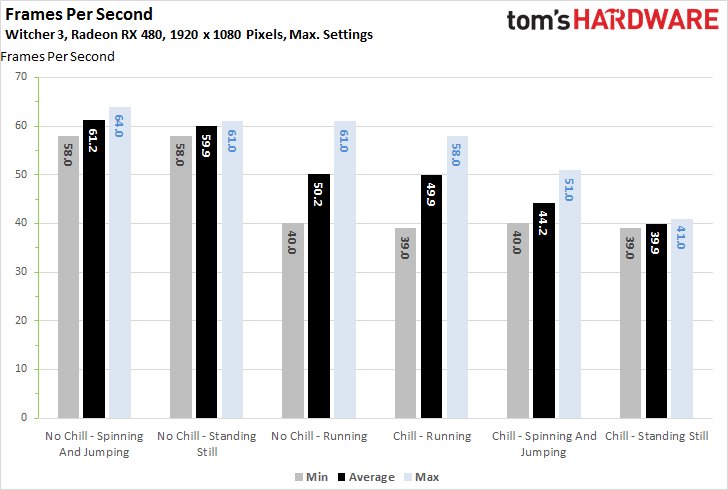
But as AMD summed it up so nicely in the briefing: FPS is a far too granular entity as a rating, because the devil is, as always, in frame time and its course. Let's start with the standing image output in Scene 1. But here, too, AMD will certainly want to grill us a little after reading it, because with The Witcher 3 and the maximum settings we have only done what the end user would probably do: controllers to maximum, eyes to and through.
AMD would certainly have preferred to use runs with frame rates of up to 100 FPS, because then the Frame Times look better visually and the differences are probably even clearer – but we want to map the normal everyday life and not Fair weather benchmarks. And to start with, it wouldn't have changed the bottom line either. The frame-time history of the "still image" and activated chill is a bit frayed, but goes so fine due to lack of movement and great moves.
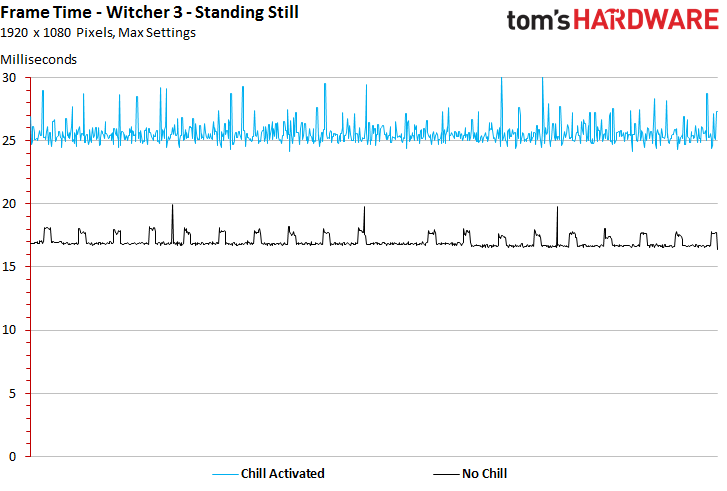
Let's rotate the camera alternately or swirl our actor briefly with the sword – then color comes into play. What we can see very clearly and well here is the very rapid increase in performance when our actor comes into play in a flash. This can be seen in the significantly lower frame-time values. The short movements are thus (also perceived subjectively) fluidly enough, while the rotated, finished calculated scene as such hardly needs (additional) power.
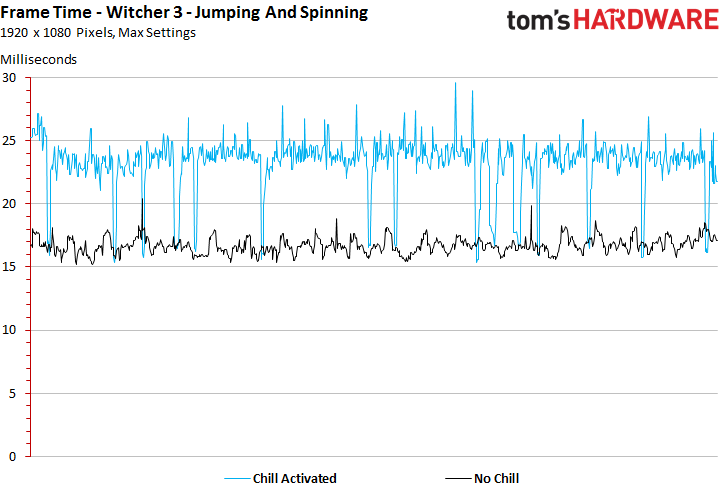
Let us now let our urge to move free and send the actor and the camera on a journey through the open world. We can see very clearly how the load increases continuously as our hansula pops into the forest. You can also see that the frame-time gradients are very close and that chill is hardly used anymore.
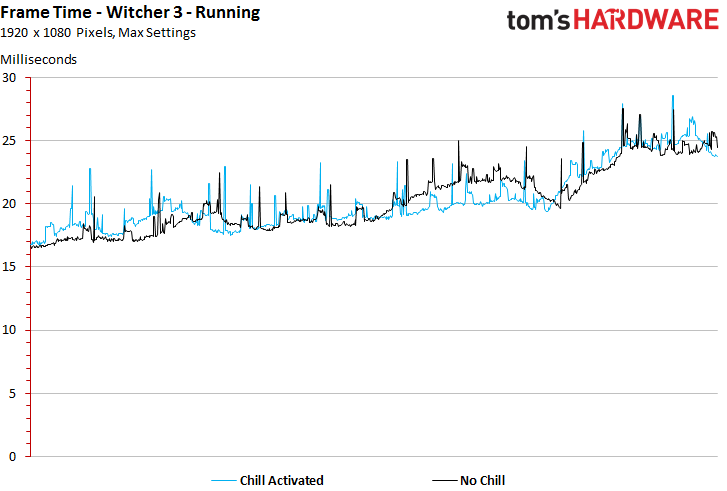
Let's compare the rendering times of the frames as a bar chart, in which we summarized the time intervals that occurred:
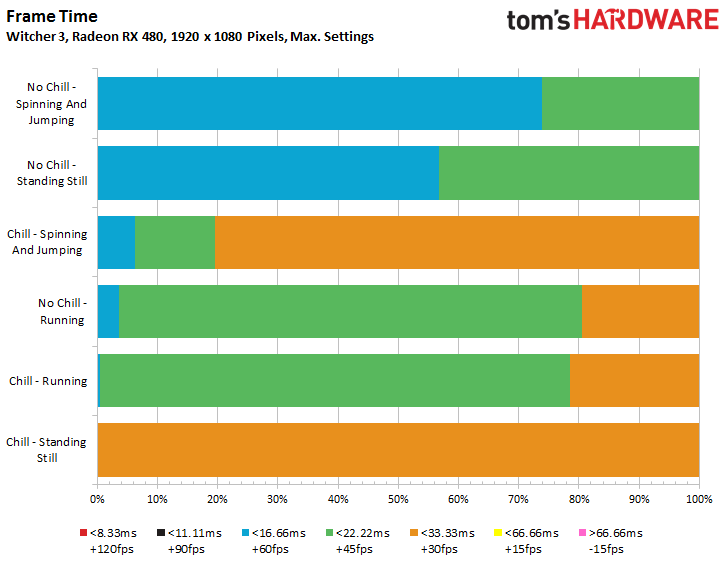
The variances increase significantly with chill and falling load, although to be honored it is fair to say that it is mostly not frame-time break-ins (i.e. hangers and drops), but rather the performance boost is used for a short time, because Chill thinks one must now press a little on the tube.
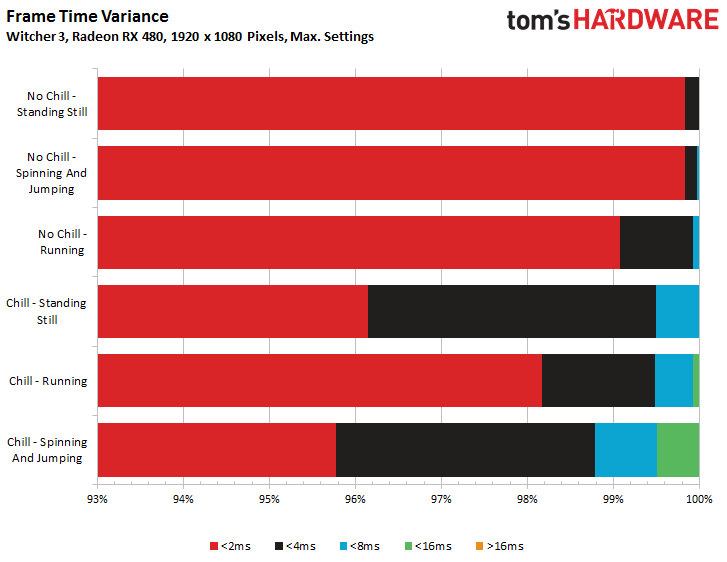
Purely subjectively, the picture is felt to be much calmer than the bars might say. at least. However, the whole thing is not (yet) ideal and only dissolves into real enthusiasm together with the appropriate FreeSync monitor – at least when the scene fits perfectly.
Power consumption
Finally, let's get to the actual purpose of the whole exercise in driver-side dislocation – the really generated power consumption of the graphics card within our three one-minute benchmark runs. What we had indicated at the beginning, we now see again black-red on white.
We save a whopping 22 percent on power consumption and now we also know why AMD wanted to suggest a throttling from 90 to 40 FPS: There is certainly much more to be done! But when did you have 90 or 100 FPS all the time when you play with such a card and clever settings? Unless you test Counter Strike or WoW – the whitelist is unfortunately not (yet) very productive.
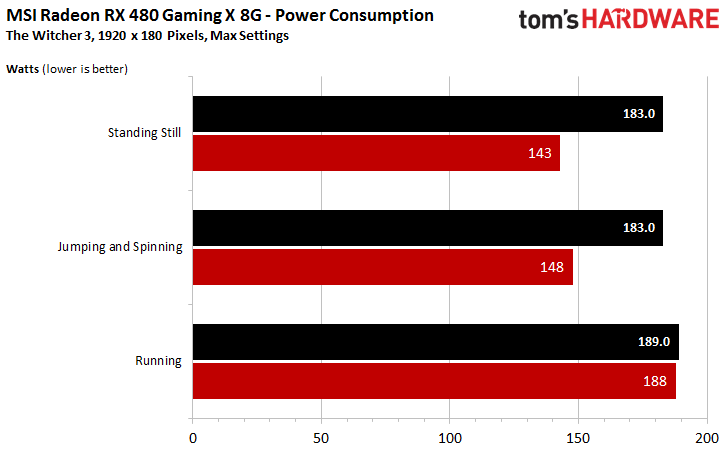
Similar to the frame-time curves in the standstill test, we have juxtaposed the appropriate power consumption values in high resolution once again as our own curve curves without and with chill. Without chill, we have the normal fluctuations:
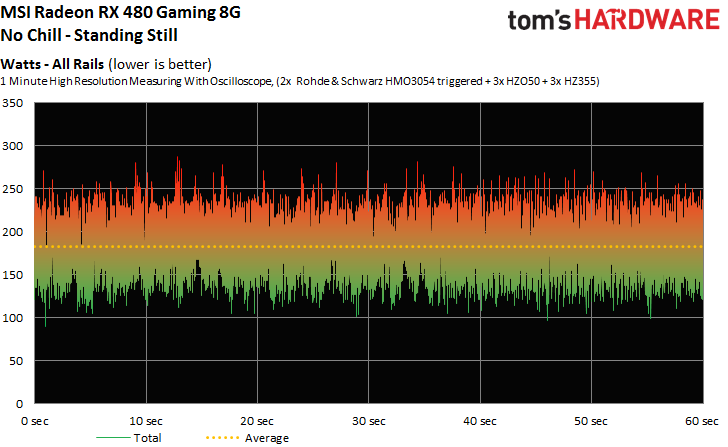
With chill activated, the measured minimum values in particular decrease significantly and the power peaks are also lowered. The course becomes a little more balanced and – nice side effect – the coils of the converter trains on our map go acoustically into the pianissimo.
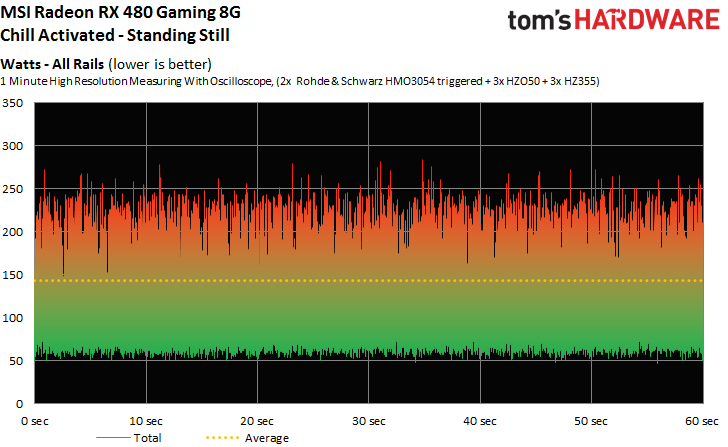
In the end, not only electrical power but also nerves were saved, because a cricket concert due to high FPS numbers has never been the great bringer for the well-being of the gamer.
Conclusion
What do you do as a manufacturer when you constantly get beatings because of the often higher power consumption compared to the green competition? One first makes one's head and many thoughts and secondly out of necessity a virtue and saves exactly where one notices it visually and subjectively the least – when doing nothing and strolling.
Chill is not a general-purpose or even a miracle weapon and cannot make up for or compensate for all the technical disadvantages. But if a game is really suitable, then it can be a pretty substantial amount in the sum of all the minutes spent on the day, which you save on the recorded performance.
The card also runs cooler and therefore quieter. You can't ask for much more – except for a long, long whitelist of games or better still a freely selectable switch option at your own risk for each profile.















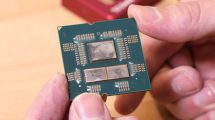
















Kommentieren